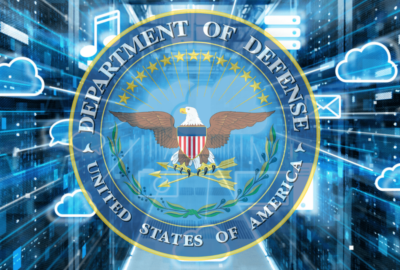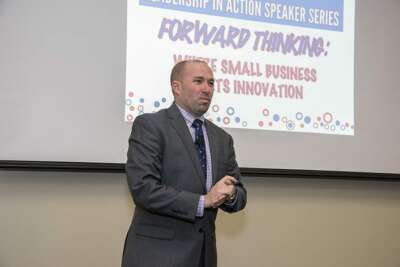

This discussion with Veritas is part of Federal News Network’s DoD Cloud Exchange.
The Defense Department is embarking on a huge project that will integrate warfighters with intelligence sensors, leadership, artificial intelligence and the latest data.
The Joint All Domain Command and Control needs two things to run effectively: a reliable cloud and solid data.
Getting to that point means DoD needs to work with industry partners to manage data and store it cheaply.
“A lot of the questions we get at the senior levels of DoD are, ‘I have a data lake or have large amounts of information I can’t afford, how do I get that data up and out and manage a cloud, whether it’s a singular cloud, or it’s a multi-cloud environment, or a hybrid or somewhere in between?’” said David Cerjan, senior director for DoD and Intelligence Community public sector at Veritas Technologies, during the Federal News Network DoD Cloud Exchange.
DoD is in the process of finding the best options to do that. But just finding a place to park data is only half the problem.
“What happens over time is that as datasets get copied and moved around, sometimes there are errors, sometimes there’s multiple copies,” said Doug Snyder, chief technologist for U.S. public sector at Veritas Technologies. “You might end up with five or six silos of one set of data.”
Things can get even more confusing when you take into account years of information and different formats DoD keeps its information on.
The Pentagon’s work on JADC2 is spurring it to move faster to both adopt the cloud and to get its data as clean as possible so it can benefit troops.
Snyder said industry can help DoD sift through all of that information.
“DoD can start sussing out ‘What is really relevant to my mission? What do I have multiple copies of? What is old?’” Snyder said. “That allows the warfighter to more comfortably make decisions based on a clean set of data that they know has been combed through at the high level. We’re not going to do the data analysis itself, but we’re going to make those results that much better.”
Copyright © 2025 Federal News Network. All rights reserved. This website is not intended for users located within the European Economic Area.
Scott Maucione is a defense reporter for Federal News Network and reports on human capital, workforce and the Defense Department at-large.
Follow @smaucioneWFED


